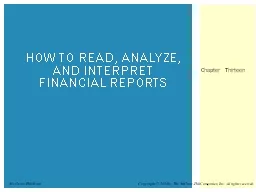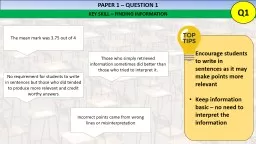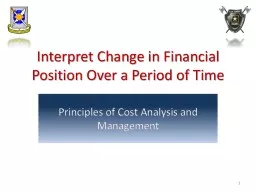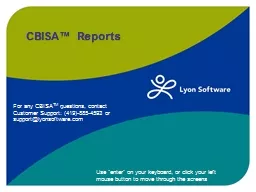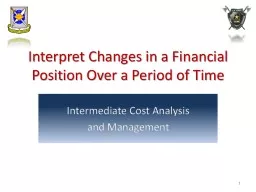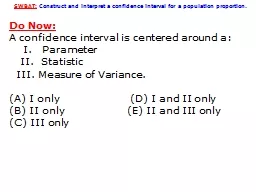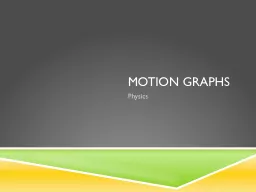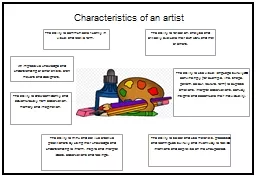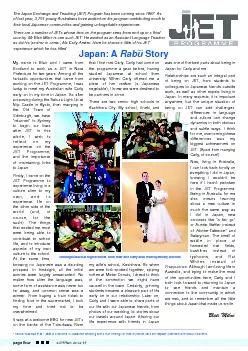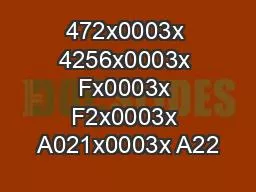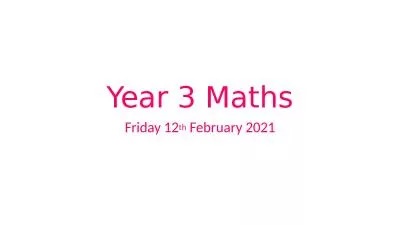PPT-HOW TO READ, ANALYZE, AND INTERPRET FINANCIAL REPORTS
Author : myesha-ticknor | Published Date : 2016-03-15
Chapter Thirteen Copyright 2014 by The McGrawHill Companies Inc All rights reserved McGrawHillIrwin Explain the purpose and the key items on the balance sheet Explain
Presentation Embed Code
Download Presentation
Download Presentation The PPT/PDF document "HOW TO READ, ANALYZE, AND INTERPRET FINA..." is the property of its rightful owner. Permission is granted to download and print the materials on this website for personal, non-commercial use only, and to display it on your personal computer provided you do not modify the materials and that you retain all copyright notices contained in the materials. By downloading content from our website, you accept the terms of this agreement.
HOW TO READ, ANALYZE, AND INTERPRET FINANCIAL REPORTS: Transcript
Download Rules Of Document
"HOW TO READ, ANALYZE, AND INTERPRET FINANCIAL REPORTS"The content belongs to its owner. You may download and print it for personal use, without modification, and keep all copyright notices. By downloading, you agree to these terms.
Related Documents

